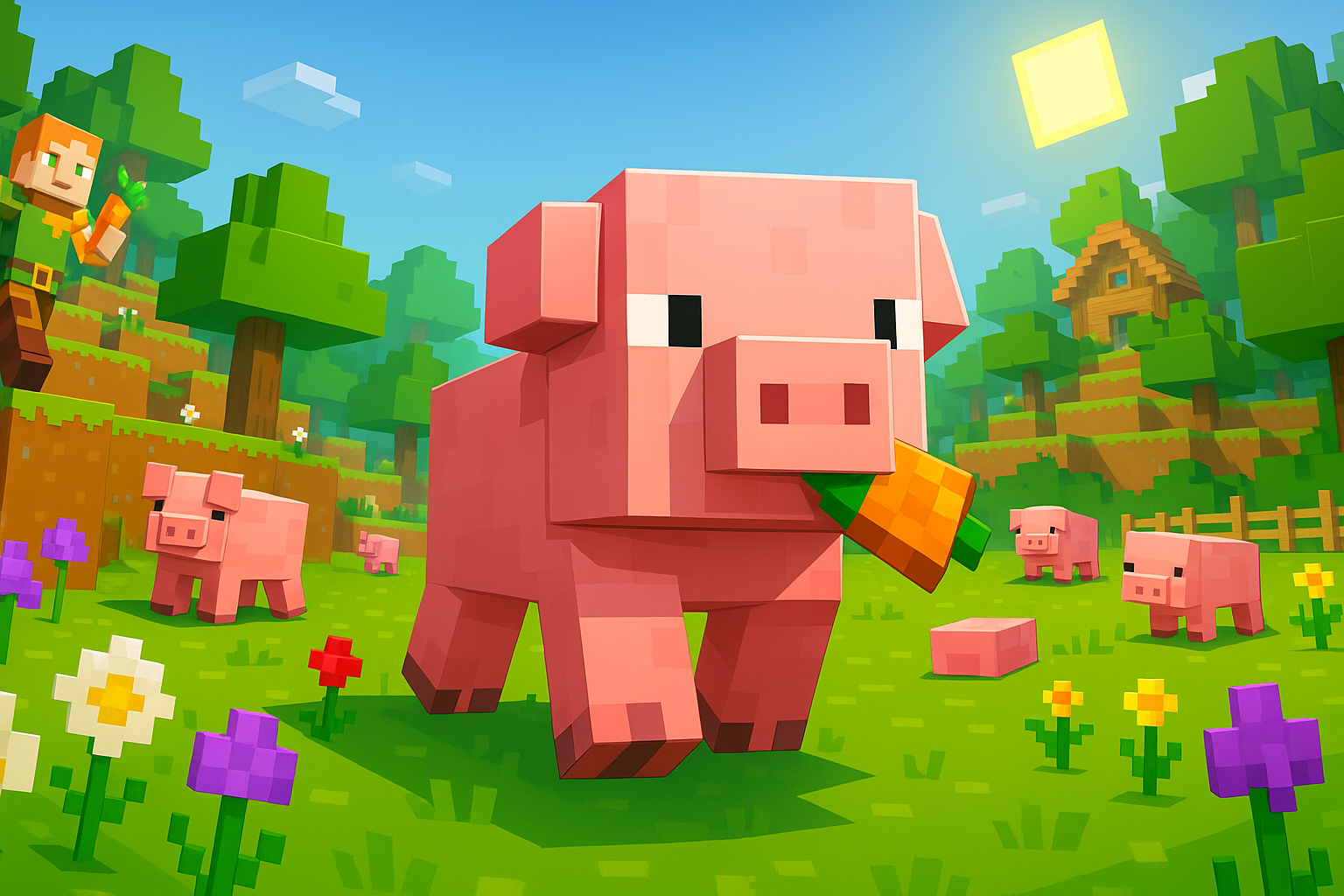Introduction
Nothing kills server enthusiasm faster than constant lag spikes, slow chunk loads, or unexpected crashes. A meticulously optimized server not only retains players but also builds your reputation as a quality host. In this comprehensive post, we’ll walk through every step—from hardware and hosting decisions to advanced configuration tweaks and monitoring practices—so your Minecraft world runs seamlessly for small friend groups or hundreds of concurrent players.
1. Choosing the Right Hosting Solution
-
Shared Hosting vs. VPS vs. Dedicated vs. Cloud:
-
Shared Hosting: Affordable entry point, but limited CPU/RAM and noisy neighbors.
-
VPS (Virtual Private Server): More control, dedicated resources; ideal for 20–100 players.
-
Dedicated Server: Full hardware access; best for 100+ players or multi‑server networks.
-
Cloud Hosting (AWS, GCP): Auto‑scaling options for unpredictable spikes; pay‑as‑you‑go pricing.
-
-
Key Specifications:
-
RAM: Minimum 8 GB for survival; 12–16 GB+ for modded or large minigame servers.
-
CPU: Multi‑core (at least 4 physical cores); look for high single‑thread performance.
-
Storage: NVMe SSD preferred for fast world saving and chunk loading.
-
Network: 1 Gbps+ port with DDoS protection—vital to prevent downtime.
-
2. JVM & Garbage Collection Tuning with Aikar Flags
-
Why it matters: The Java Virtual Machine (JVM) handles memory allocation and garbage collection. Proper flags reduce pause times and keep ticks consistent.
-
Recommended Flags:
-
Heap Sizing:
-
Set
-Xmsand-Xmxto the same value to avoid dynamic resizing (e.g.,-Xms10G -Xmx10G). -
Leave ~1 GB headroom for system processes.
-
3. Plugin Audit & Lightweight Alternatives
-
Quarterly Reviews:
-
Run
/timings onfor at least 10 minutes during peak hours. Use/timings pasteto identify laggiest plugins. -
Replace or remove any plugin that consistently appears at the top of the timings report.
-
-
Async‑Friendly Plugins:
-
Swap heavy synchronous plugins (e.g., WorldEdit) for AsyncWorldEdit.
-
Use AsyncChunk loaders to prevent chunk‑loading spikes.
-
-
Dependency Management:
-
Avoid redundant plugins; consolidate features with multi‑purpose solutions when possible.
-
4. Configuration Tweaks & Quality‑of‑Life Settings
-
View Distance & Simulation Distance:
-
Set
view-distance=6–8inserver.propertiesfor large public worlds. -
In newer versions, limit
simulation-distanceto reduce entity processing.
-
-
Entity & Mob Caps:
-
Use MobLimiter or EntityLimiter to cap mobs per chunk and overall.
-
-
Asynchronous Saving & Backups:
-
Schedule automatic world backups in off‑peak hours using a plugin like AutoSaveWorld.
-
Ensure saves do not freeze the main thread; enable async saves when available.
-
5. Real‑Time Monitoring & Alerts
-
Built‑In Tools:
-
/gcand/memoryto inspect heap usage on demand. -
/timingsfor in‑depth performance breakdowns.
-
-
External Dashboards:
-
Integrate Prometheus + Grafana via the mc-monitoring exporter to chart CPU, RAM, TPS, and network I/O.
-
-
Automated Alerts:
-
Configure alerts for CPU > 80%, RAM > 90%, or TPS < 19.5 to trigger an automated restart or admin notification.
-
6. Backup & Disaster Recovery
-
Frequent Snapshots:
-
Implement hourly incremental backups and daily full backups.
-
Store backups off‑server (e.g., AWS S3 or external FTP).
-
-
Rollback Capabilities:
-
Use CoreProtect to rollback griefing or accidental deletions in seconds.
-
-
Disaster Drills:
-
Quarterly test restores in a staging environment to validate backup integrity.
-
7. Network Architecture & DDoS Mitigation
-
Proxy Layers:
-
Deploy BungeeCord or Velocity if running multiple sub‑servers (e.g., lobby, survival, minigames).
-
Benefit: Distribute load across nodes; isolate crashes to individual servers.
-
-
DDoS Protection:
-
Host with providers offering built‑in DDoS shields (OVH, Google Cloud Armor).
-
Configure firewall rules to rate‑limit connections per IP and block unused ports.
-
Conclusion
Delivering a lag‑free, stable Minecraft experience requires careful planning at every level—from the hardware you choose to the JVM flags you apply, the plugins you run, and the monitoring you set up. By following this guide, you’ll not only minimize downtime and lag, but also gain a powerful marketing point: proudly advertise your performance benchmarks on MC‑Server‑List.net to reassure prospective players that your server sets the gold standard for smooth gameplay.
Tags: Server Performance, Minecraft Hosting, JVM Tuning, Aikar Flags, Plugin Optimization, AsyncWorldEdit, DDoS Protection, Server Monitoring, Backup Strategy, MC-Server-List.net


Join the Discussion
Have thoughts about this post? Join our Discord community to discuss with other Minecraft enthusiasts!